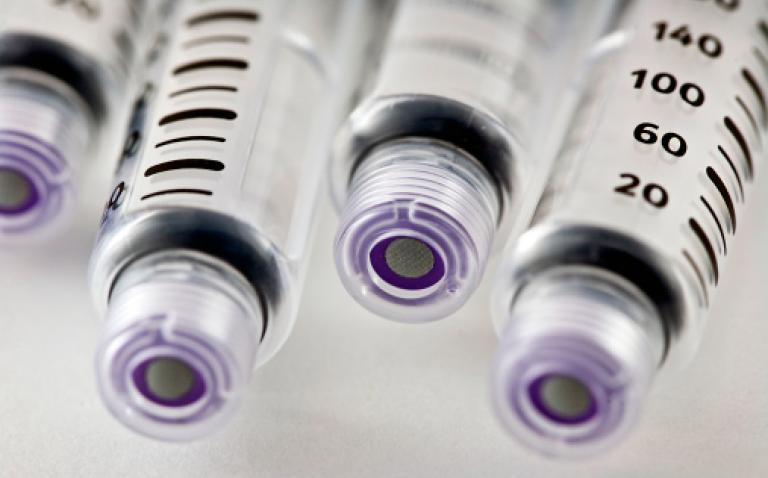CeQur® SA, a leader in simple insulin infusion for people with type 2 diabetes, announced preliminary results from a study demonstrating that the company’s PaQ® Insulin Delivery Device improves glycaemic control among people with type 2 diabetes.
The data were presented at the 8th International Conference on Advanced Technologies & Treatments for Diabetes (ATTD) in Paris.
The single-arm, treat-to-target pilot study involved eight people with type 2 diabetes, all of whom transitioned from established regimens of multiple-daily insulin injections to the three-day, wearable PaQ device. After 12 weeks of PaQ use, preliminary results from six study participants showed an average reduction in HbA1c of 1.8 (±0.9%).
Total daily insulin dose and participants’ weight at the end of the study were both similar to baseline. No severe hypoglycaemic events or serious adverse events occurred during the study.
“Results from this study show that PaQ may free people from the burden of multiple-daily insulin injections and improve their glycaemic control,” said Julia Mader, MD, of Medical University of Graz, Austria, who presented the PaQ data in Paris. “It’s very exciting, because it suggests we are rapidly moving toward a time when simple insulin delivery could help many people with type 2 diabetes manage their disease more comfortably and effectively.”
Half of all patients requiring multiple-daily insulin injections report they intentionally skip doses because they consider the injections embarrassing, inconvenient, painful, and/or disruptive to their daily activities. (1) Continuous, subcutaneous insulin infusion (CSII) is an alternative to insulin injections, but adoption has been limited by the complexity and cost of existing, approved CSII devices.
Previous studies have demonstrated that the discreet PaQ device is both safe and easy to use, and is associated with high patient acceptance and satisfaction.
“The significant improvement in glycaemic control that study participants experienced demonstrates that PaQ safely and effectively addresses many of the issues that make daily injection therapy a challenge for so many people with diabetes, and, importantly, can provide better clinical outcomes,” said Douglas Lawrence, CEO of CeQur.
The need for simple insulin infusion
Every day more than 11 million people with type 2 diabetes in the United States and Europe inject insulin to manage their disease. The majority of these people are not achieving target glycaemic control. Studies suggest that simple CSII regimens may improve glycaemic control and quality of life among these individuals, however, current CSII has not been widely used in this population to date due to its complexity and cost.
References:
- Peyrot M, Rubin RR, Kruger DF, Travis LB. Correlates of insulin injection omission. Diabetes Care 2010;33:240–5.










